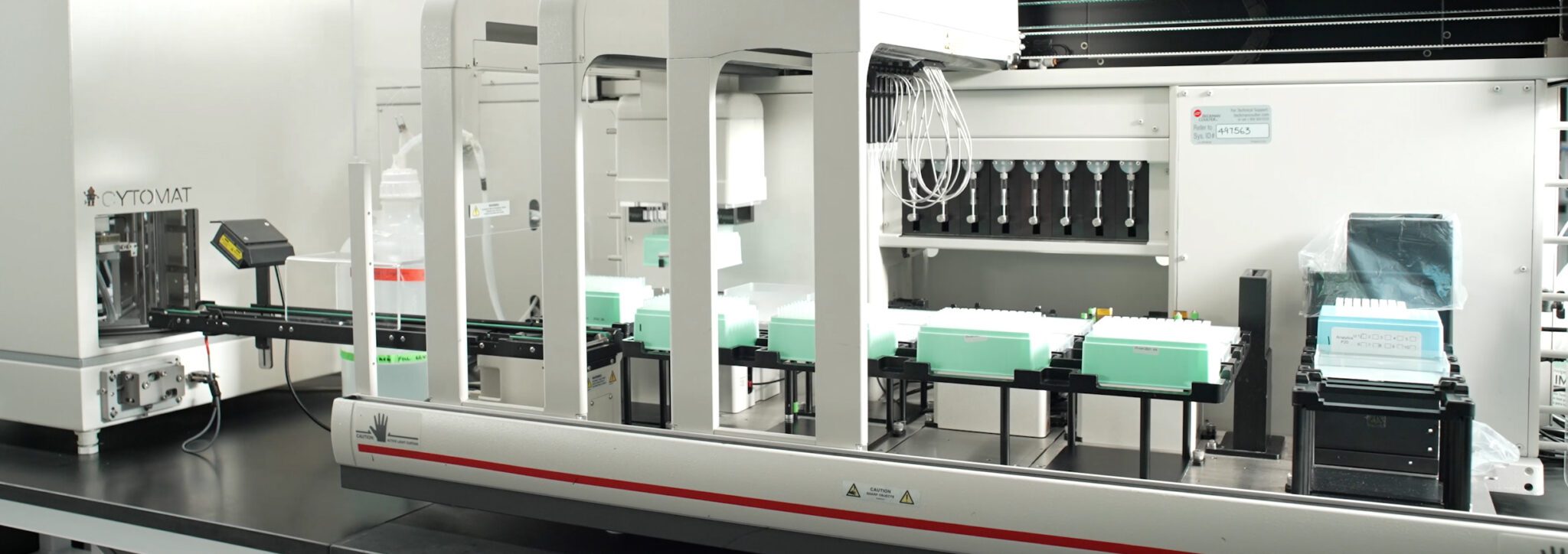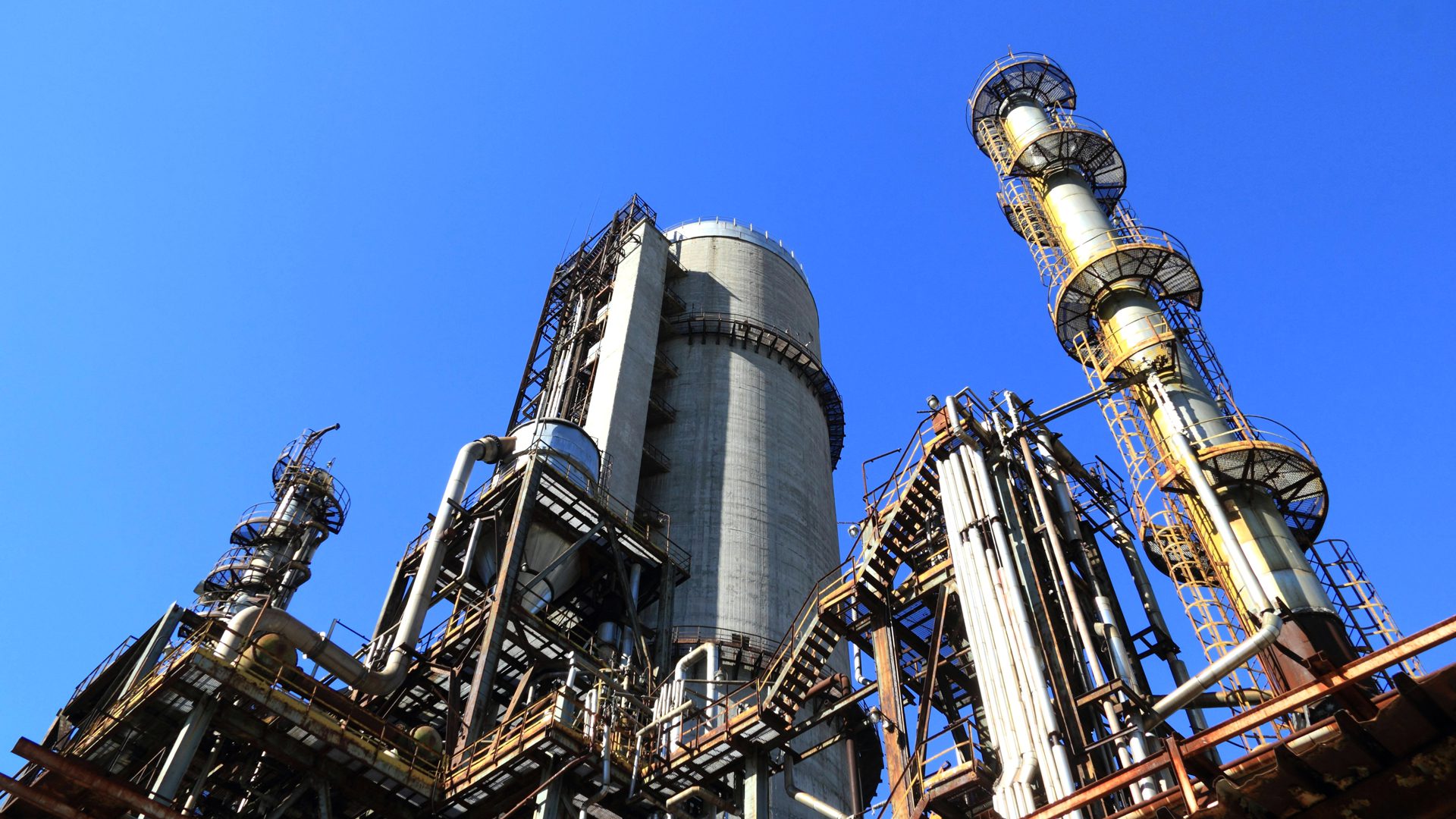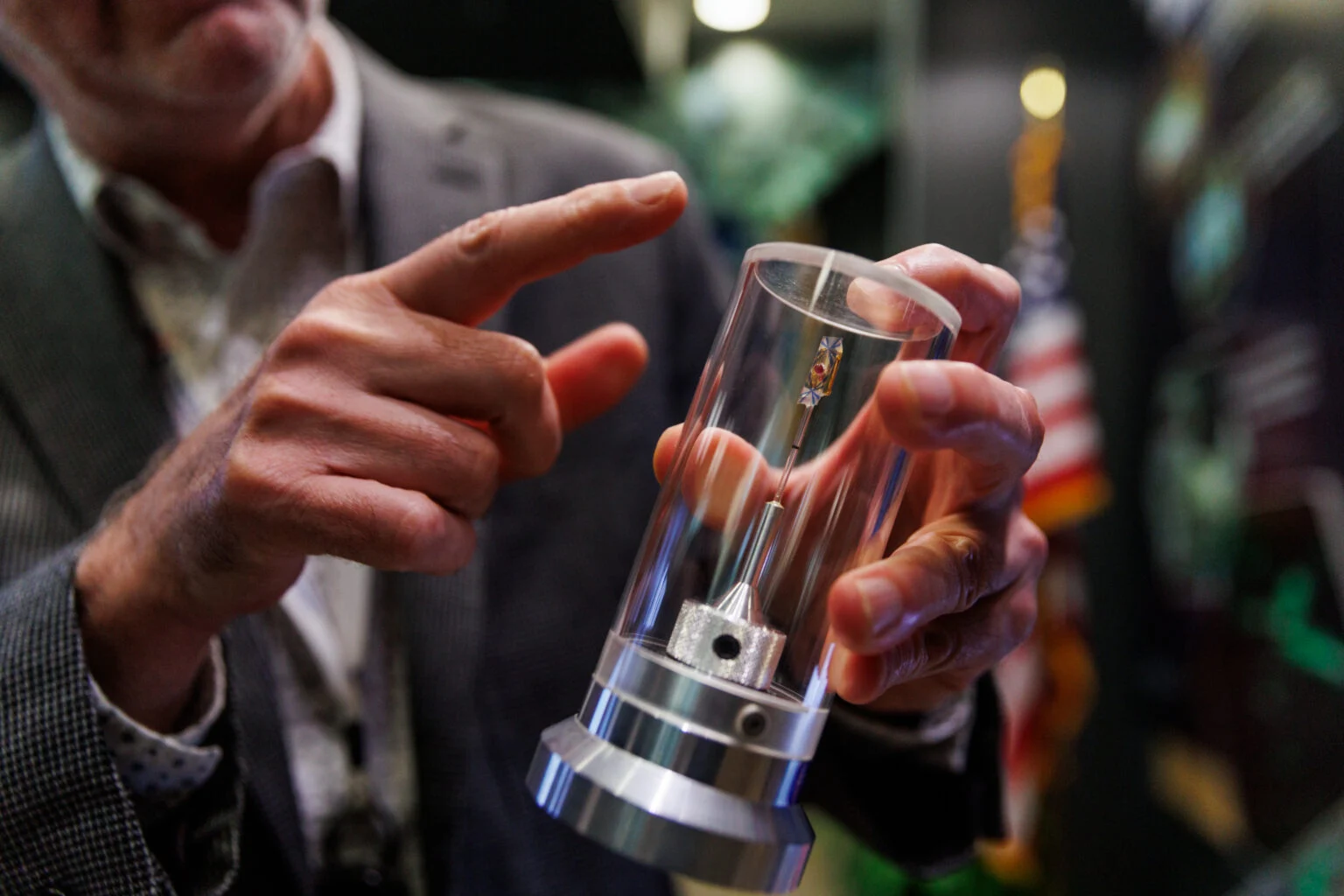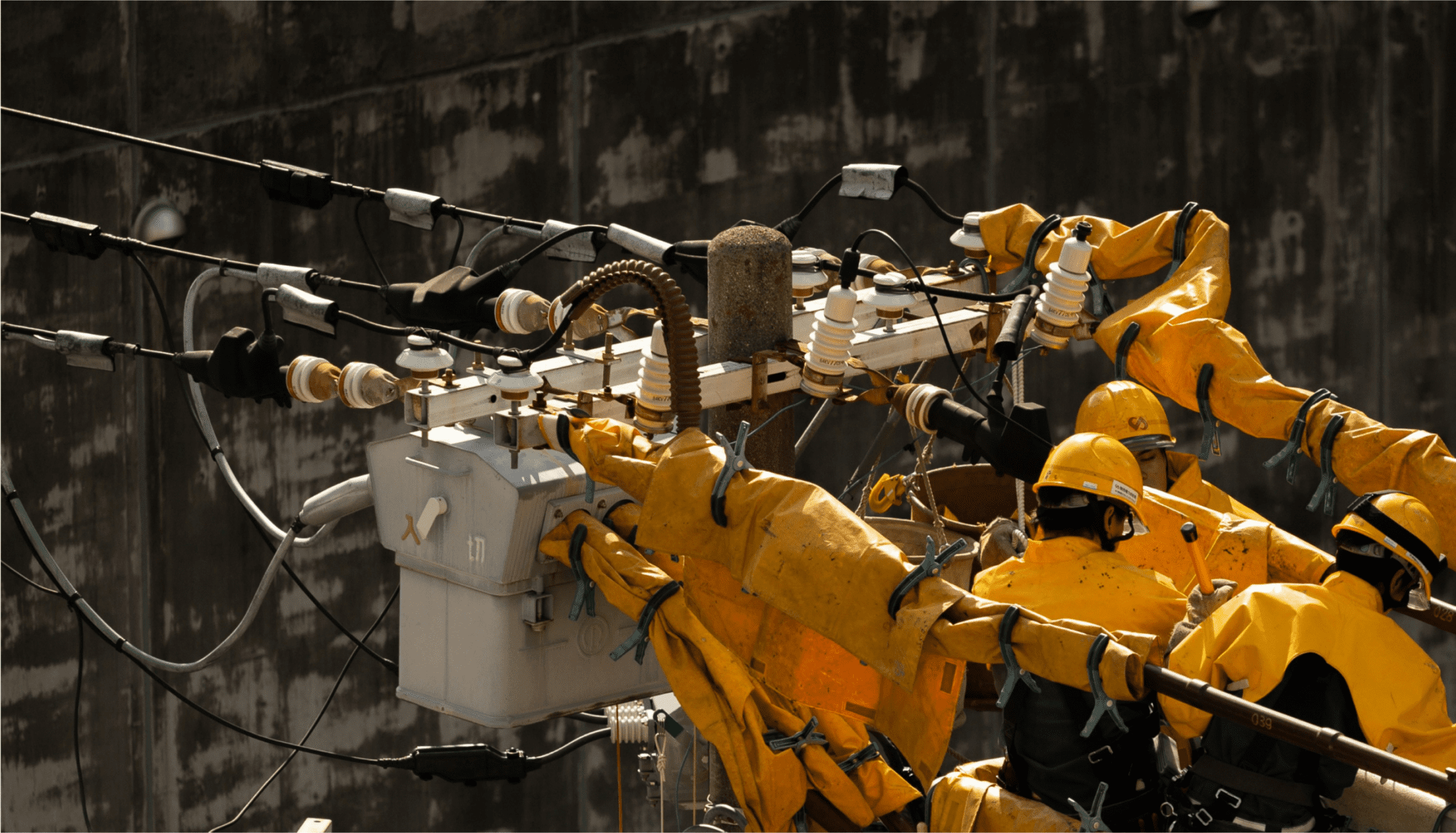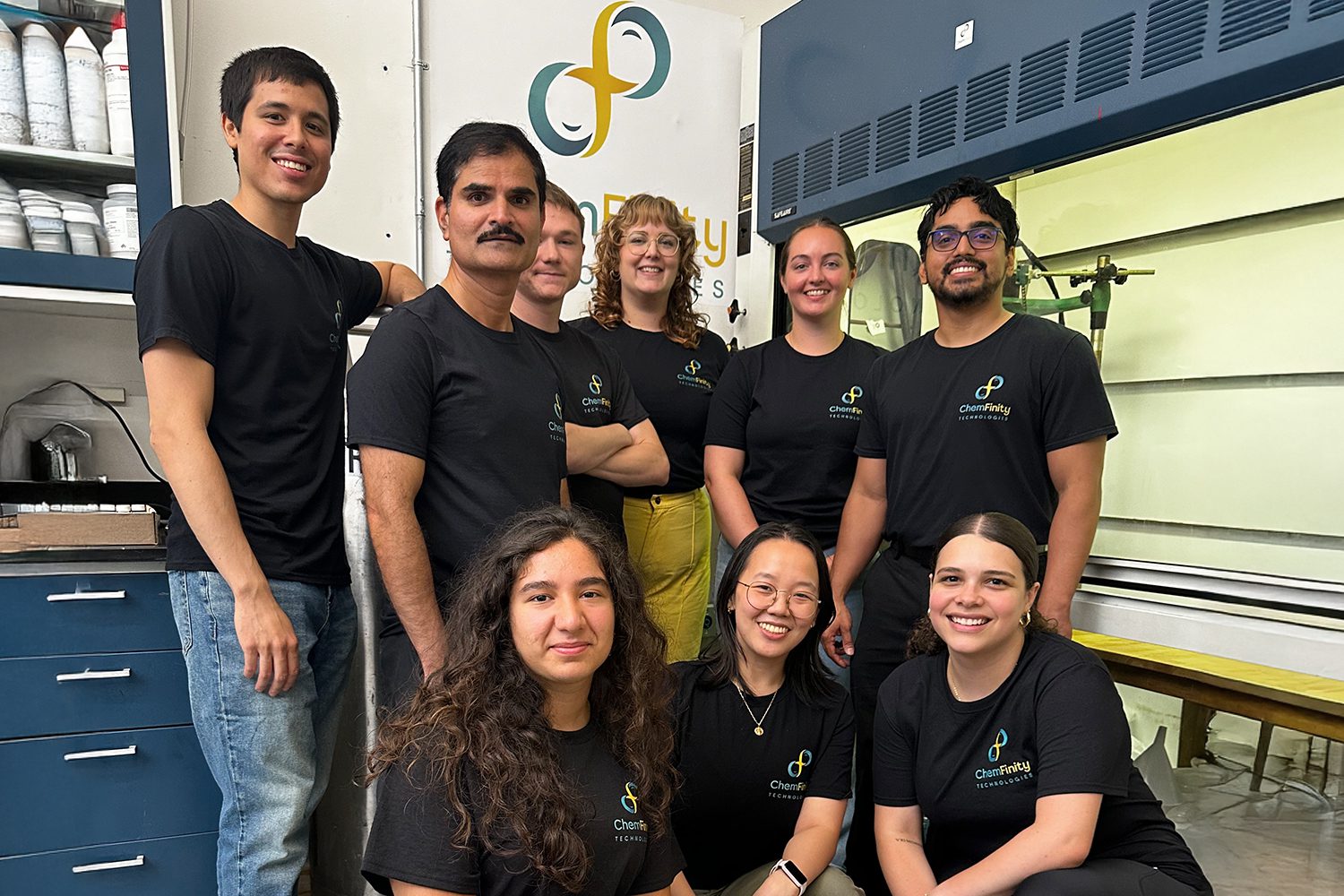Learn more about Catalyst’s 12 Keys to Scaling Up.
We’re at an exciting moment in our journey to build a clean energy future – exciting, but daunting. Innovators and entrepreneurs have made incredible progress in recent years developing breakthrough solutions across every Grand Challenge. Yet in preparing their technologies for the commercial marketplace, companies face a new, and in some ways tougher, challenge: deploying and scaling their technologies for real-world impact.
That’s why Breakthrough Energy Catalyst exists—to accelerate the deployment of emerging climate technologies. Of course, the first way we do that is with capital – and we use a flexible mix of grants, equity investments, and partnerships to support demonstration and first-of-a-kind projects. Overall, we’ve raised over $1 billion of direct capital to deploy, and we partnered with the European Commission and European Investment Bank to mobilize up to €820 million through 2027 to support projects across Europe.
But capital is just the start. We know from experience that enabling deployment takes so much more. We also support companies on critical operational pieces like structuring projects, developing robust execution plans, and drafting key commercial agreements to improve their chances of scaling and achieving commercial readiness.
This combination of capital and project development expertise is critical to helping companies fill the funding gap inherent to early deployment. That’s because while all infrastructure projects require large amounts of capital, first-of-a-kind projects have a harder time accessing the same large sources of cheap capital as well-proven technologies, such as private equity, infrastructure equity, and project finance debt. Infrastructure equity and project finance lenders, for instance, provide sources of capital that are significantly lower in cost (avg. ~8.5% vs avg. 25%+ requirement by Growth Equity and PE) and offer the ability to write large check sizes ($100m - $1bn+). However, these sources of capital focus on de-risked technologies and projects that meet stringent requirements (e.g. widely deployed with millions of operating hours, long-term offtake contracts, and predictable cashflows and well-structured end-to-end risk management.)
The Catalyst team has thought long and hard about this problem – and about what it takes to enable these technologies to increase the possibility of securing infrastructure capital and Project Finance debt. We’re proud to release the results of that thinking – what we’re calling Catalyst’s 12 Keys to Scaling Up. These keys are based on real-life examples of Do’s and Dont’s after analyzing 100s of projects. In our 12 Keys, we provide a guide for companies to take their technologies from pilot to commercial scale and unlock cheaper sources of funding so we can build a clean economy faster. These are hard-won lessons, and we’re excited to share them with the larger climate tech community.
1) Commit to a First-of-a-Kind (FOAK) Project
The journey to scaling begins with a commitment to a first-of-a-kind project (FOAK.) This isn't about jumping directly to large commercial projects but rather creating a clear path from pilot to demonstration to FOAK. (Pilot being 1x above lab scale, DEMO is a 5-20x end-to-end system which will continuously run for 6-12 months and is not commercially viable, FOAK is a 10x commercial scale project with large capex and long-term contracts). Each step provides critical learning and data, de-risking the technology and making it more attractive to investors. Traditional infrastructure investors are hesitant to invest in something that hasn’t been built or proven at scale before.
2) Prove Before Licensing
Customers need to understand how tech is designed, engineered, constructed and operated before wanting to license it and build it themselves. Early-stage startups should focus on proving their technology at the DEMO and FOAK levels before considering licensing. This will help the company retain control and expertise while scaling its technology.
3) Lock-Up Project Design
While continued R&D is important, setting the design parameters for the DEMO and FOAK facilities is essential to enabling project development, and providing visibility on costing/scheduling and access to capital. This is best achieved by concentrating delivery responsibility to a dedicated project manager.
4) Design for Modularity
Number-up instead of scale-up – proving a demo module at the size of the future commercial scale is invaluable. Scaling through modularity (E.g. installing 20x 5MW units, instead of a single 100MW unit) is less capital-intensive than scaling directly to a commercial-sized plant, and inherently carries lower risk, once the individual unit has been proven in use. Risks are mitigated across the full lifecycle of Engineering, Procurement, Construction (EPC) and operations, and most importantly capital fundraising for future FOAK projects.
5) Build a DEMO
Build an end-to-end DEMO as soon as possible after the Pilot. A DEMO provides a space to learn and refine all aspects of project delivery. From site selection and permitting, through EPC, to operations. This optimization and building of developer company know-how helps unlock the next round of funding.
6) Sharpen Capex Cost-Down Strategy for FOAK
Stress-test how you are estimating cost down path. Have third parties challenge your assumptions and verify they are realistic and credible. These experts can provide critical insights into construction costs, automation potential, and other market factors, helping to avoid overly optimistic projections that could undermine investor confidence. Your cost-down strategy will change and be refined as projects progress; however, it is necessary to get it verified now to get a line of sight for future projects and planning.
7) Build-out Project Execution Team
A dedicated project management team should be established early, to deliver the DEMO and FOAK facilities. This team should be separate from the Technology Development Team, include experts in Project Management, EPC, and commissioning, and have full accountability for driving project delivery.
8) Price Offtakes Flexibly for FOAK
A well-structured offtake agreement is essential for securing financing and ensuring the project's viability – this involves detailed risk-sharing terms and guarantees that align with investor requirements, making the project more attractive to potential backers. It’s also important to target investable long-term offtakes. There is a high probability of project capex increase during early design maturity, therefore, to avoid killing project economics before commencement, it is important that offtake pricing is not locked in until capex costs are well understood (typically after completion of FEL-2 and 3).
9) Control Your Own Destiny
Develop the FOAK project so you can control where and how you deliver it. Having governance and oversight from beginning to end is critical for a successful project and will allow you to prove-up your technology. Outsourcing or relying on third parties to develop the project too early can lead to execution failures and loss of critical learnings and knowledge.
10) Accelerate FOAK Project Development
In order to accelerate deployment and timeline to commercialization, FOAK development should begin as soon as the DEMO design and engineering are mature enough. By initiating the development of the FOAK project in parallel to the DEMO execution, the time to final investment decision and commercial operations date can be accelerated. Identify long-duration activities, such as site selection, permitting and key equipment fabrication, and execute them in parallel to the design development (FEL-1 to FEL-3).
11) Finalize the Puzzle Pieces
Funding sources are a small piece of the puzzle—ensure key commercial contracts are lined up before approaching funding partners. Focus on project structuring and finalizing key contracts, ensuring all the pieces fit together to support the required project returns.
12) Raise the Capital
A well-structured FOAK project (e.g. detailed EPC and execution plan, and stable, contracted offtake agreements to underpin downside returns) will increase the probability of successful fundraising. When you’re ready, and the project is sufficiently de-risked, line up your capital sources and start the next Series fundraising.


